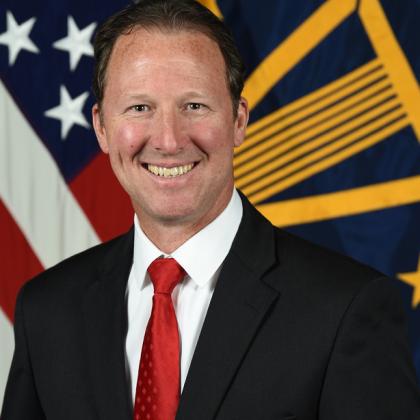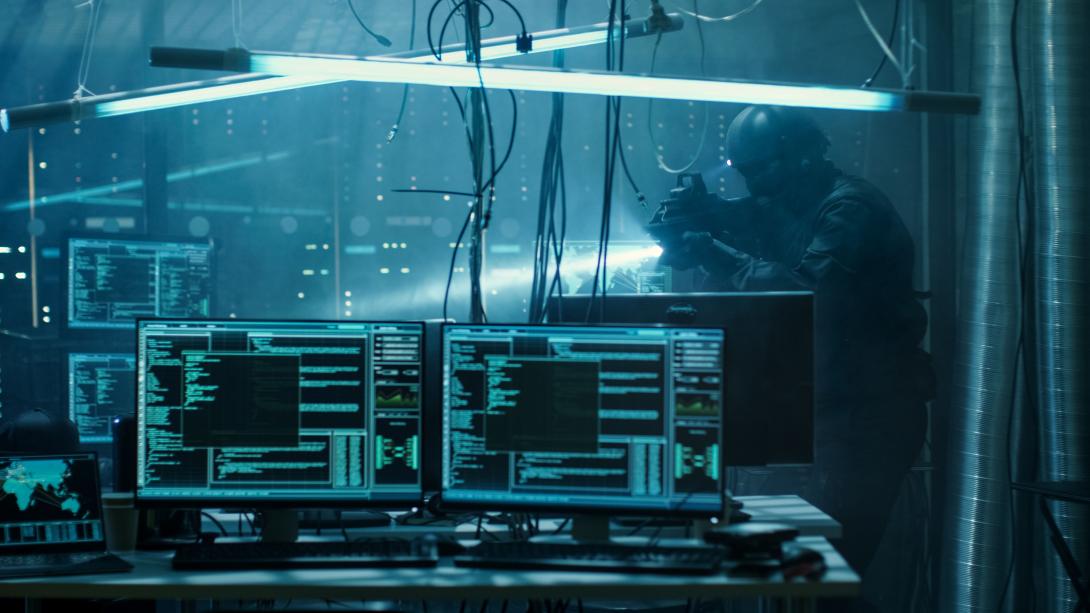DoD Officials Consider Creating Central Cyber Workforce Program Office
U.S. Department of Defense (DoD) officials are exploring the possibility of creating a centralized program office to coordinate cyber workforce development efforts, according to Mark Gorak, principal director for resources and analysis in the Office of the Chief Information Officer.
Gorak revealed the intent to create the new organization while discussing the department’s Cyber Workforce Strategy Implementation Plan with SIGNAL Media. One of many objectives under the plan is to create a workforce development fund “to accelerate implementation activities and enable training throughout to match demand,” the plan states.
The plan was just published in July, so officials are in the very early implementation stages. The centralized office, if created, will help determine workforce requirements and the level of funding needed. Determining the amount of funding needed will be a multiyear effort and one of the first steps will be defining training requirements across the department.
“Until I get that workforce coded and I actually know our training proficiency levels across the board, I don't know how much I need. One of the ways we're going to actually understand our requirements is a centralized program office,” Gorak revealed. “Right now, I think we're kind of working [fiscal year] 2026 for it to be executed, which means we need to submit in [fiscal year] 2024. So, I have to figure out what those training requirements are before I go to the Hill.”

One of the ways we're going to actually understand our requirements is a centralized program office.
The program office would have no authority to approve or cancel workforce development efforts but would instead gather information and coordinate efforts. “We're not going to tell them don't do anything because we want them to. We just need to coordinate it and know about it so then we can see the results. And actually, according to those efforts, I think we'll get a better return,” Gorak said.
He cited cyber-related scholarships awarded by various Pentagon offices, military services and other components as one example of the kind of information needed. Currently, no one knows the total number of DoD scholarships being awarded.
“If you ask me how many cyber scholarships the DoD gives out, I don't have an answer,” he said, adding, “No one's communicating or coordinating all those efforts together. We fundamentally believe for cyber, for our functional community, that we have to coordinate and have the authority to have all the components report this to a central program office.”
If created, the central program office is not expected to reside within the Office of the Secretary of Defense (OSD). “We have not determined where it's going to be. Most likely it will not be in OSD because it will be too large to be an OSD organization,” Gorak offered. “I need another component to execute, so we're looking at several options. If this comes to fruition, we can have this be done at a service as an executive agent or most likely a DAFA, a defense agency/field activity.”
If, for example, the Air Force “is really gung-ho,” it could serve as executive agent for the program office, Gorak indicated. But the Pentagon may have oversight authority over the program office. “We haven't made a decision of where this is going to be or even how big or what it's going to look like. We have our ideas, but we have to go through the manpower analysis process to determine what authorities this organization's going to have and how we execute those authorities. The one key I'm fighting for is that we have direct oversight. I think the Hill’s intent is that they want one belly button to call and get information. That's what this organization will provide for the department.”
Gorak reported that he had to convince leadership to keep the workforce development fund in the implementation plan. “I actually had a challenge with my own leadership to even put it in there because of concerns on feasibility. I didn’t want to leave good ideas off the table, so I convinced leadership to keep it,” he said, pointing out that the concept is not new. The department’s Civilian Acquisition Workforce Personnel Demonstration Project, known as AcqDemo, has a similar fund for training its workforce.






Comments